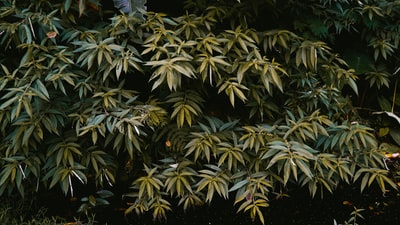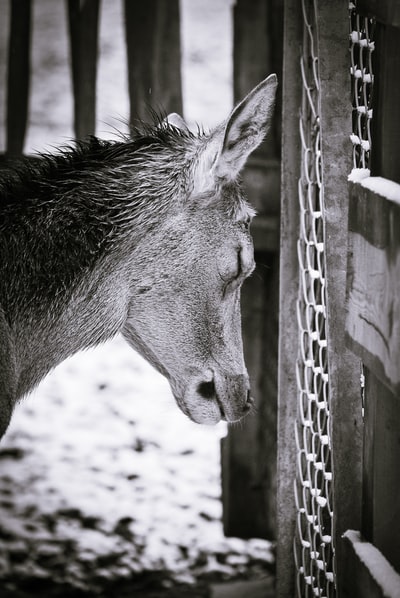Recycling schemes

Many people recycle organic kitchen and garden waste at home using a compost bin. Most bins have holes in the sides of them as the microorganisms needed to make compost are aerobic and so require oxygen. In the UK some local authorities collect this waste in special bins or the waste can be taken to a recycling centre.
Here it can be left to decompose then used as a soil conditioner. Alternatively it can be broken down by microorganisms in an enclosed tank and the bio gas collected for transport fuel, heat or electricity. If recycled at home with a compost bin it also provides a free supply for high quality compost for use in the garden.
Compost is good for growing plants for a number of reasons:
- It contains a lot of nutrients which are required by plants to grow.
- It helps to retain moisture.
- It attracts beneficial organisms like earthworms.
- It improves resistance to disease and pests.
——————————————————
Stable Cycles
Some of the substances left by the microorganisms when they break down the waste materials is used by plants to grow.
In order for a community to be stable the processes that removes the waste and dead matter needs to be balanced by the processes which create and return this matter. This means that the materials are constantly in a cycle.
The carbon cycle
The carbon cycle represents how carbon is constantly cycling from the atmosphere to plants and animals and back to the atmosphere again.
Plants and algae

Green plants and algae, like animals, respire and in doing so return carbon back into the atmosphere in the form of carbon dioxide.
Animals

Similar to plants, animals respire and a waste product is carbon dioxide which is then released back into the atmosphere.
Humans also release carbon dioxide into the atmosphere by burning wood and fossil fuels like oil and coal.
Microorganisms and detritus feeders
When plants, algae and animals die both microorganisms and also other animals feed on the bodies. As with plants and animals, these organisms respire and release carbon back into the atmosphere as carbon dioxide.
The carbon from dead animals and plants is used by microorganisms and detritus feeders. Substances they produce can then be used by plants to grow and so the cycle is complete.